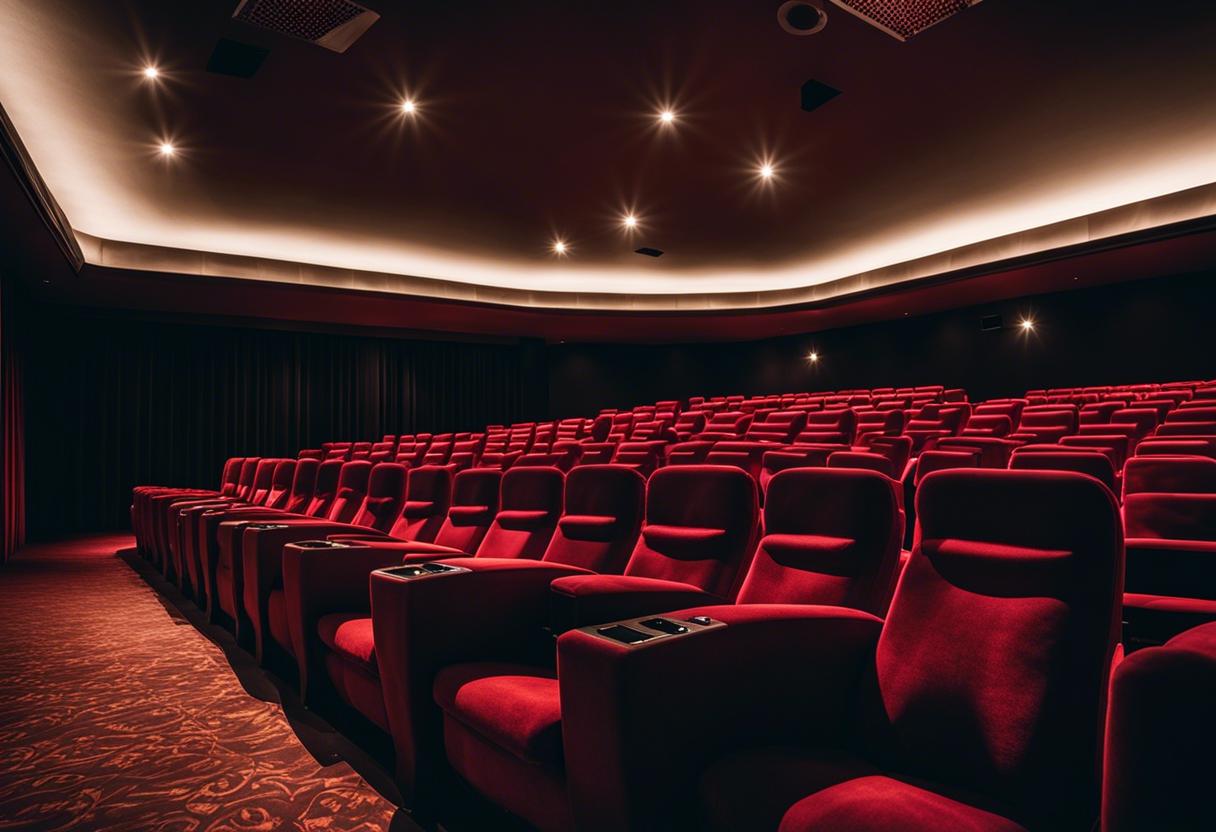The second installation of the acclaimed Pixar movie, Inside Out, as in the original, reflects the distinctly American knack for organising, classifying, and imposing a framework on life, despite its inherent disorder. A perfect example being the representation of various aspects of human emotions as characters such as those portrayed by Amy Poehler and Phyllis Smith; the very mindset that propelled them to lunar exploration.
The sequel extends this core concept while simultaneously exploring its deconstruction. Set in the tumultuous period of adolescence as experienced by young Riley, the heroine from the inaugural film, the story unravels as she embarks on an ice-hockey camp at age 13 – a symbol of structured summer activities.
Joined on the trip by two friends, who will later shift schools in the autumn, she initially tries to sustain their friendship. Following this, an internal alarm goes off in her mind, signalling the hormonal upheaval characteristic of puberty, which threatens to warp her previously placid nature.
This physiological change introduces new personified feelings to the central hub of Inside Out 2. Anxiety is voiced by Maya Hawke; sour Envy gets its voice from Ayo Edebiri; fully embarrassed, the character by Paul Walter Hauser, and intriguingly, Adèle Exarchopoulos voices Ennui, the quintessentially French portrayal of intense boredom, potentially drawing some reaction from the French.
Inside Out 2 unfolds lined with a deep sense of sorrow, similar to its antecedent. We observe the new emotions pushing out their predecessors – notably Joy played by Poehler and Sadness by Smith – while Riley tries to blend in with the popular clique, distancing herself from her old pals. The inference is that teenage years, and arguably adulthood, are dominated by anxiety, envy, embarrassment and an intense boredom.
The grim reality slaps hard as our familiar emotions resurface from their forgotten state, leading Joy to a sombre realisation. “Perhaps this is the outcome of growing,” she proposes. “One’s joy dissipates with age.” Without spoiling too much, it’s safe to say the film does conclude on a brighter note, but it never completely dismisses this viewpoint. There’s an implicit acknowledgment that being an adult is steeped in a murky quagmire of dissatisfaction.
Before the final resolution, viewers navigate through heavily constructured bureaucracy laced with numerous compensatory gags. In this world, both a “sense of self” and “belief system” take tangible forms: the former resembling a barbed decoration, while the latter mirrors a network of linked circuits. A very literal “stream of consciousness” and an equally physical embodiment of sarcasm offer comedic relief. Engrossed in self-awareness, the Pixar creators handle this brilliantly.
Maintaining their signature contrast between cartoon-esque internal existence and a more photo-like representation of reality, the animators continue their craft. Riley, a lively, restless character voiced by Kensington Tallman – her single zit signifying the onset of adolescence – becomes a delightful companion on this journey to almost-adulthood.
Critics attributing Disney’s alleged appeasement to the “woke” culture might be peeved by the introduction of a seemingly Muslim character and perceived subtle references to homosexuality (teenage infatuation, controversial hair dying). They’re welcome to their opinion. After witnessing several triumphs and defeats, Pixar can proudly claim that they’ve crafted a sequel in line with their previous masterpiece. It surely promises to attract big audiences upon release.
‘Inside Out 2’ premieres in theatres on June 14th.

